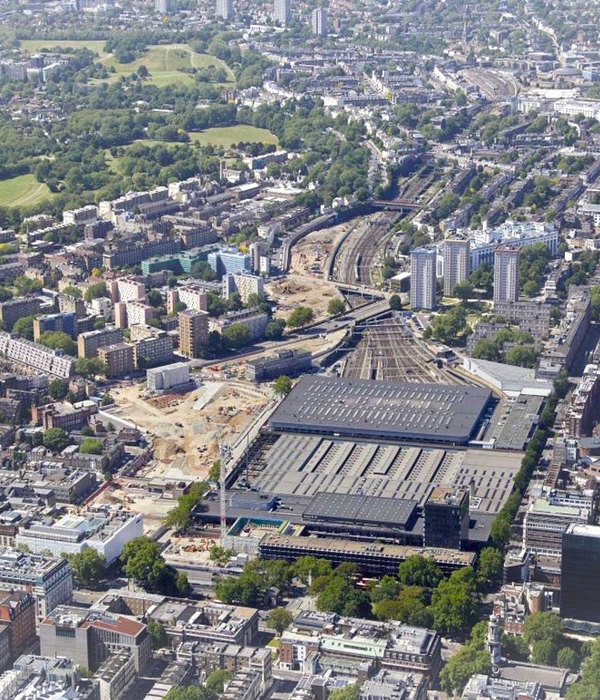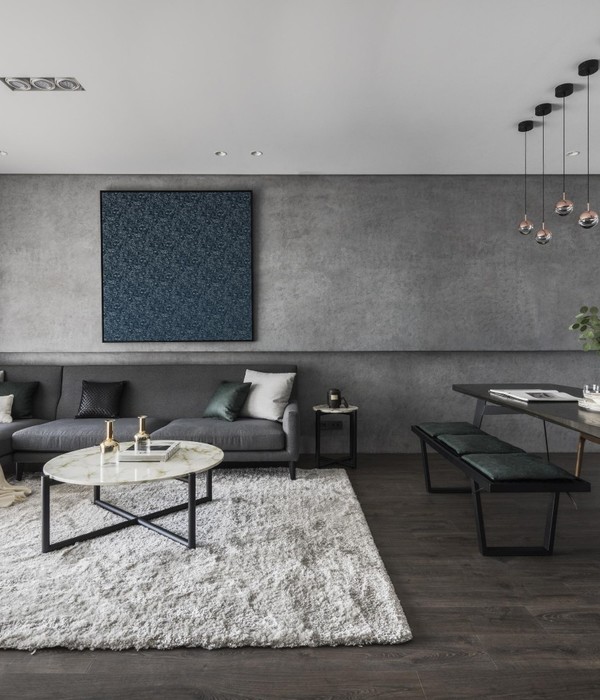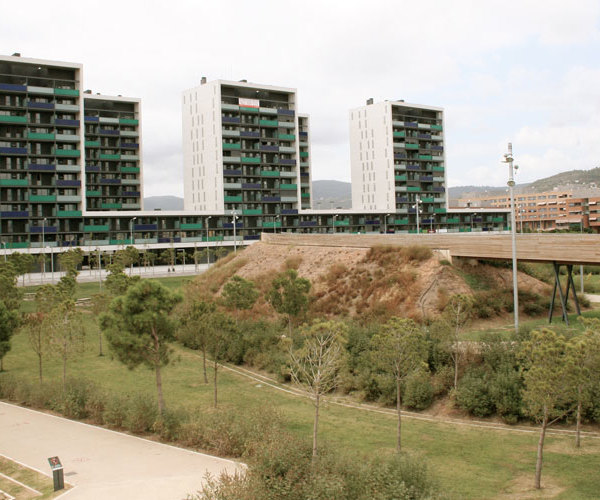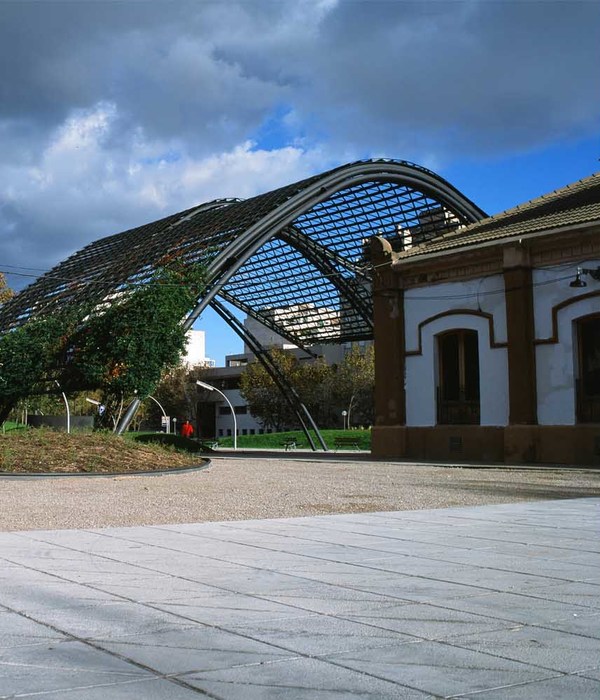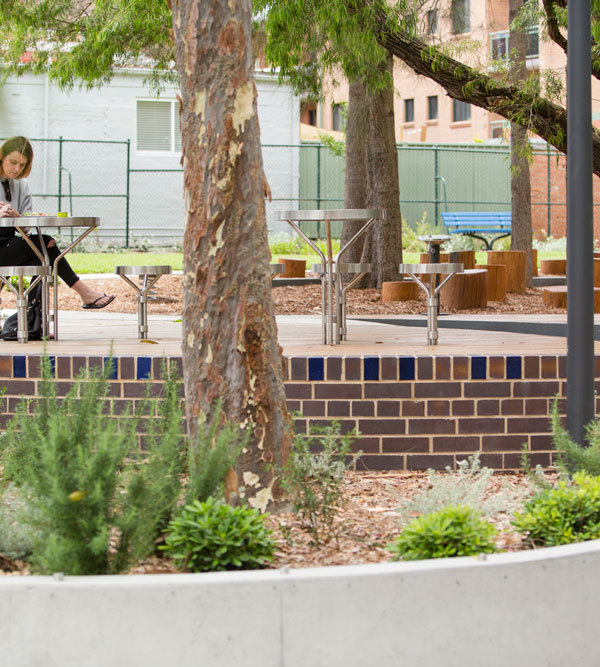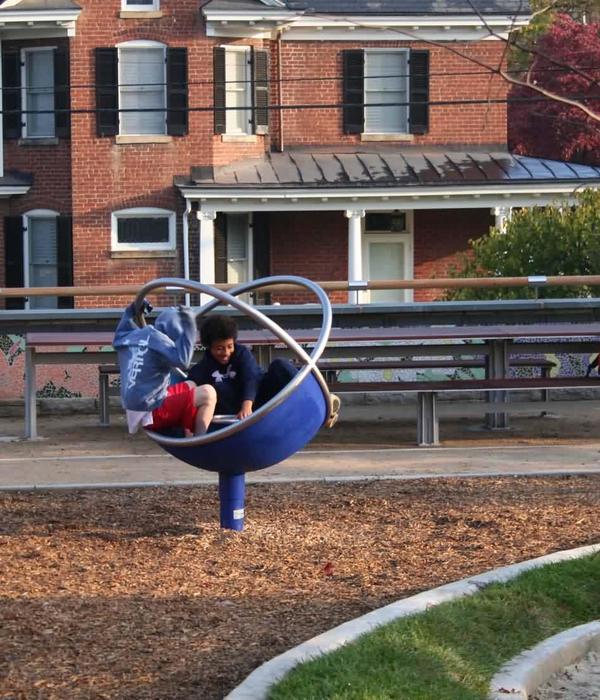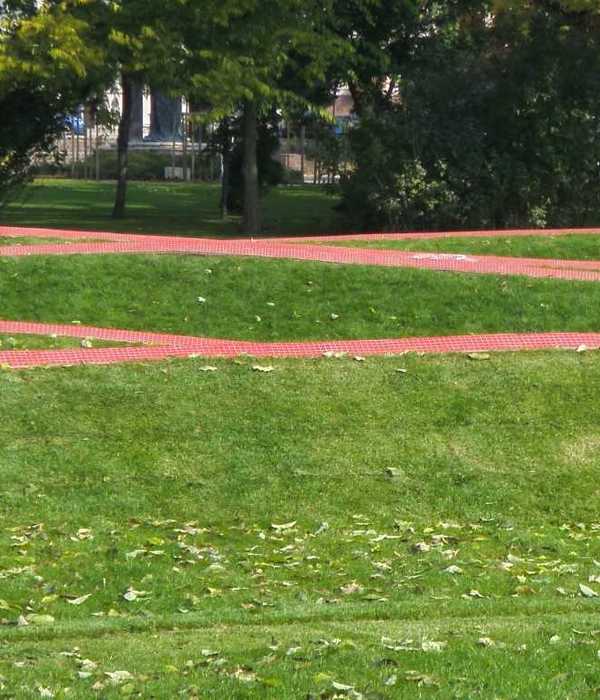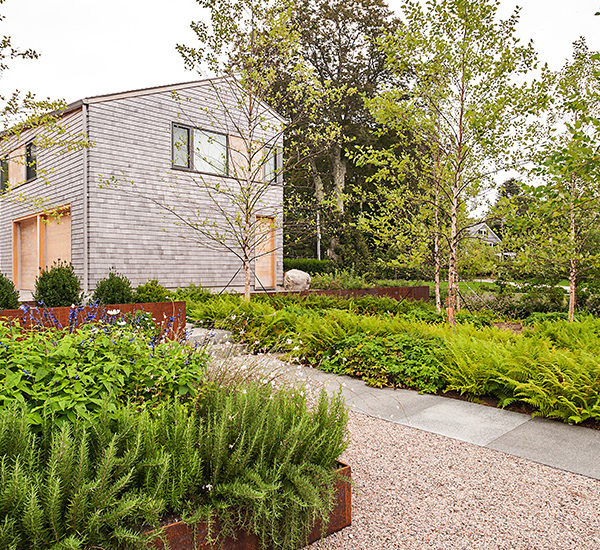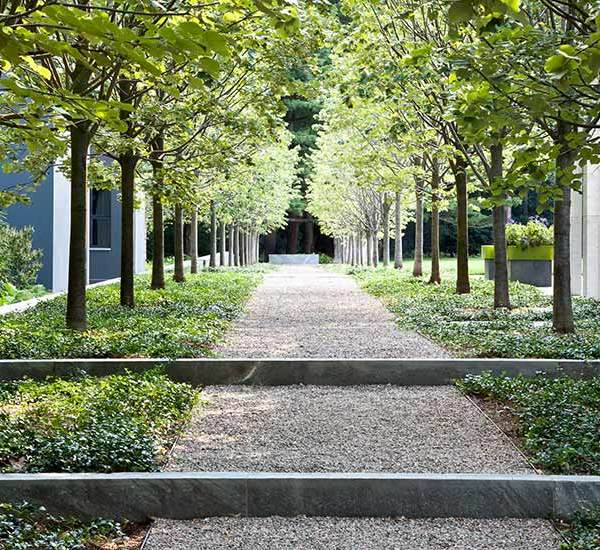在2021年威尼斯国际建筑双年展的“我们如何一起游戏”单元(策展人:Hashim Sarkis) ,艺术家Matěj Hájek(SKULL studio)和Tereza Kučerová(MOLO architekti)带来了他们合作的装置作品“跨越栅栏”(OFF FENCE)。作为对本届双年展大主题“我们将如何共同生活”的回应,该作品在探讨“分隔”的同时,提出了如何克服障碍的挑战。
Matěj Hájek (SKULL studio) and Tereza Kučerová (MOLO architekti) present the OFF FENCE installation at the Biennale Architettura 2021 curated by Hashim Sarkis, in the section How will we play together? at Forte Marghera. The play element is a response to the main theme of the exhibition How will we live together? by manifesting the theme of separation and as a challenge to overcome obstacles.
▼装置概览,general view © boysplaynice
栅栏正是“分隔”的象征,在所有历史进程中,社会都在被各种形式的围墙所分割——不论是从物理、地理、文化抑或社会学的角度来看。当我们提出“如何共同生活”这一问题,首先则必须意识到是什么令我们彼此分离,是什么阻碍了我们去实现理想中的状态?
“跨越栅栏”(OFF FENCE)装置位于展场中的一个独特位置,它横跨于既有的砾石路径,从而体现出分离的内涵。“我们选择了一种对抗性的表达方式,通过横穿道路,我们将障碍物转化为一种突破桎梏的冲动。”该装置的创作者、雕塑家Matěj Hájek如此解释道。
▼轴测图,axon © SKULL studio + MOLO architekti
A fence is a symbol of separation. Throughout all historical developments, society has been divided by various forms of walls, either physically, geographically, culturally or socially. If we ask ourselves the question How will we live together?, it is necessary first of all to realise what divides us. What stands between us and the state we are striving to achieve?
The installation OFF FENCE is place in a radical location, cutting across the existing gravel path, thereby manifesting the phenomenon of separation. “We choose a confrontational tone. We cut across the path. We transform an obstacle into an impulse. An impulse for change,” states the author, the sculptor Matěj Hájek.
▼鸟瞰:装置横跨于既有的砾石路径,aerial view: the installation cuts across the existing gravel path © boysplaynice
▼装置外观,exterior view © boysplaynice
▼内部坡道,internal ramps © boysplaynice
展场的道路被一个木制围栏所阻隔,参观者们若想继续前行,就需要做出选择:是调转方向,还是绕过障碍。在设计者制定的背景下,这一物理行为被赋予了象征意义:它使参观者能够走进障碍物,也就等同于走进了问题的内部。“以游戏为媒介,我们得以迈出大胆的一步。我们可以通过主动的行为来推动变革。在进入障碍物的物理实体之后,我们也克服了自身的问题。”
整个装置由四个落叶松木型材制成的“栅栏”组成,它们稍稍偏离于垂直轴,并与倾斜的平台相连接,从而使参观者能够沿着游戏元素移动。从平台或侧面的钢梯都可以进入装置。
▼“栅栏”与坡道相连,使参观者能够沿着游戏元素移动 © boysplaynice The “fences” are mutually interconnected with sloping platforms, which enable movement along the play element
▼底层空间,the ground level © boysplaynice
▼装置周围的活动空间,the surrounding play elements © boysplaynice
An obstacle is placed in the path for visitors to the Architecture Biennale – a wooden fence. If visitors wish to continue on their way, they are forced to address the situation. They have the option of giving up and turning back, or walking round the obstacle, or going through the installation. Within the context we have formulated, this physical act takes on a symbolic meaning: it enables visitors to enter the obstacle, and thereby to enter the problem. “Through the medium of play we take a bold step. We drive the dynamo of change through our own initiative. The game is an initiation of change. By entering the physical body of the obstacle, visitors overcome themselves,” describes Hájek.
The installation is formed by four “fences” made of larch wood profiles, which progressively incline from the vertical axis. The “fences” are mutually interconnected with sloping platforms, which enable movement along the play element. Access to the installation is possible along the sloping platforms, and from the sides on steel ladders.
▼装置细节,detailed view © boysplaynice
▼跨越栅栏,OFF FENCE © Bet Orten
▼傍晚视图,installation at dusk © Bet Orten
▼鸟瞰,visualization birds-eye-view © SKULL studio + MOLO architekti
▼场地平面图,site plan © SKULL studio + MOLO architekti
▼立面图,elevations © SKULL studio + MOLO architekti
▼剖面图,sections © SKULL studio + MOLO architekti
{{item.text_origin}}

